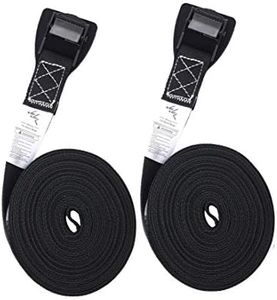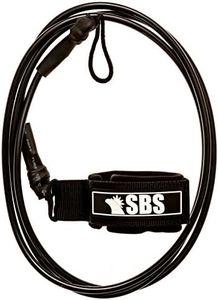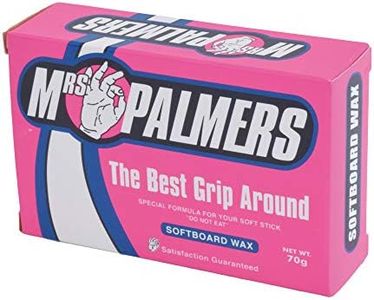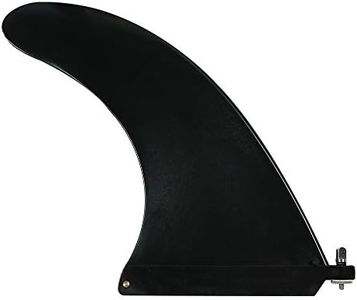We Use CookiesWe use cookies to enhance the security, performance,
functionality and for analytical and promotional activities. By continuing to browse this site you
are agreeing to our privacy policy
10 Best Soft Surfboards
From leading brands and best sellers available on the web.Buying Guide for the Best Soft Surfboards
Choosing the right soft surfboard is all about balancing your surfing experience, safety, and the type of waves you'll be riding. Soft surfboards, often called 'soft tops', are known for being beginner-friendly, more forgiving, and safer if you fall or collide with others in the water. By focusing on features like board length, width, thickness, volume, tail shape, and fin setup, you can find a soft surfboard that helps build your skills and matches your local surf conditions.Board LengthBoard length refers to how long the surfboard is from nose to tail, and it affects both stability and maneuverability. Longer boards are easier to paddle and much more stable, making them ideal for new surfers or those looking to catch small waves with ease. Shorter boards are quicker to turn and maneuver, and suit more experienced surfers or those riding bigger, steeper waves. Beginners or adults generally benefit from boards in the 7 to 9-foot range, while shorter boards (under 7 feet) are better for kids or advanced riders seeking more agility.
WidthWidth is how wide the board is at its widest point and directly impacts stability and paddling ease. A wider board is more stable and helps with balance, which is especially helpful for beginners or heavier riders. Narrower boards are less stable but allow for sharper turns and more advanced maneuvers. If you’re just starting out or want a forgiving ride, choose a board with a width of at least 21 to 23 inches. More advanced surfers might prefer something sleeker and narrower for performance turns.
ThicknessThickness measures how thick the board is from the deck to the bottom, affecting buoyancy and paddle power. Thicker boards float better, which makes it easier to catch waves and get up. They work well for beginners or those who need extra support, while thinner boards are more responsive and suited for lighter or more skilled surfers. For most beginners, a board thickness of 2.5 to 3 inches will be comfortable.
VolumeVolume is calculated in liters and combines length, width, and thickness to describe the board’s overall buoyancy. Higher volume boards float better, are easier to paddle, and help with wave-catching, which is perfect for beginners, heavier riders, or those surfing smaller waves. Lower volume boards are suited for quick turns and bigger wave surfing by experienced riders. Beginners should look for higher volume boards (around 60-80 liters), while seasoned surfers might opt for boards with less volume for performance.
Tail ShapeThe tail shape of the surfboard changes the way the board handles in the water, especially in turns. Rounded tails provide smoother, more stable turns, which is great for beginners or relaxed cruising. Squash and square tails offer a balance between stability and maneuverability. Pointed or pin tails allow sharper, tighter turns and are best suited to advanced surfers in big or hollow waves. Choose a round or squash tail if you’re just starting out or want an all-around experience.
Fin SetupFin setup refers to the number and configuration of fins on the bottom of the board. Single-fin setups are smooth and stable, ideal for straight-line cruising and learning. Tri-fin (thruster) setups give a balance between stability and maneuverability, suitable for a range of skill levels and surf conditions. Some boards allow different fin arrangements, often called 'convertible' setups. If you are new, a board with a single or three-fin setup provides versatile, manageable control as you develop your skills.
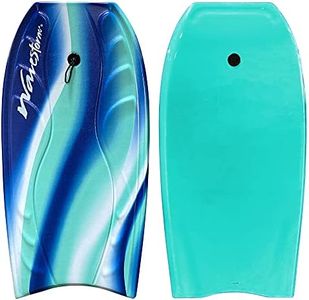
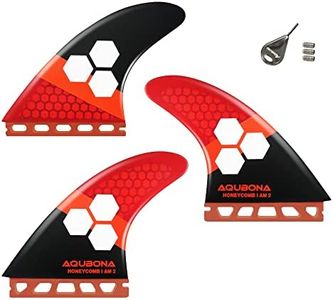

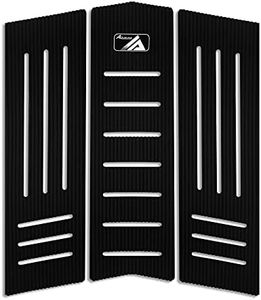
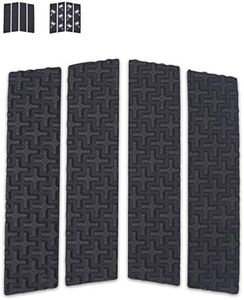
![Ho Stevie! Premium Surfboard Traction Pad [Choose Color] 3 Piece, Full Size, Maximum Grip, 3M Adhesive, for Surfing or Skimboarding (Aqua)](https://images-proxy.bestreviews.guide/a33TCTOnECBsYTWa_k854LVnf28=/0x300/https://m.media-amazon.com/images/I/51Ba5bvtZLL._AC_CX679_.jpg)
